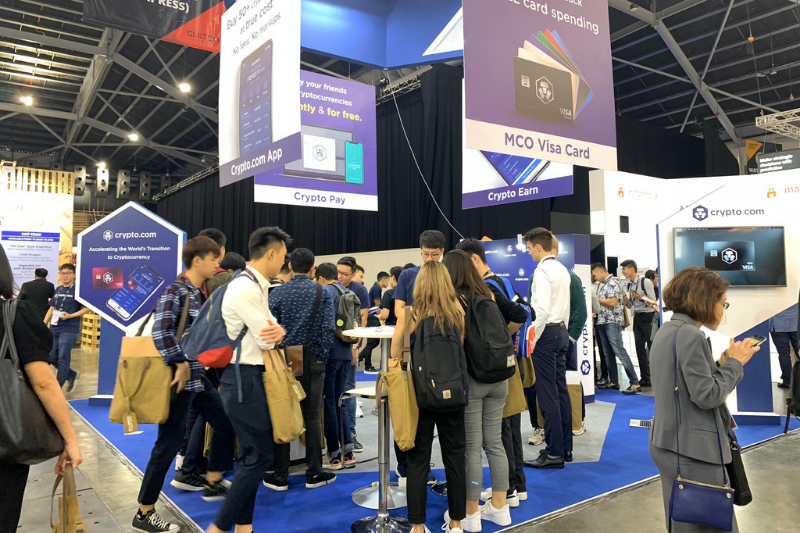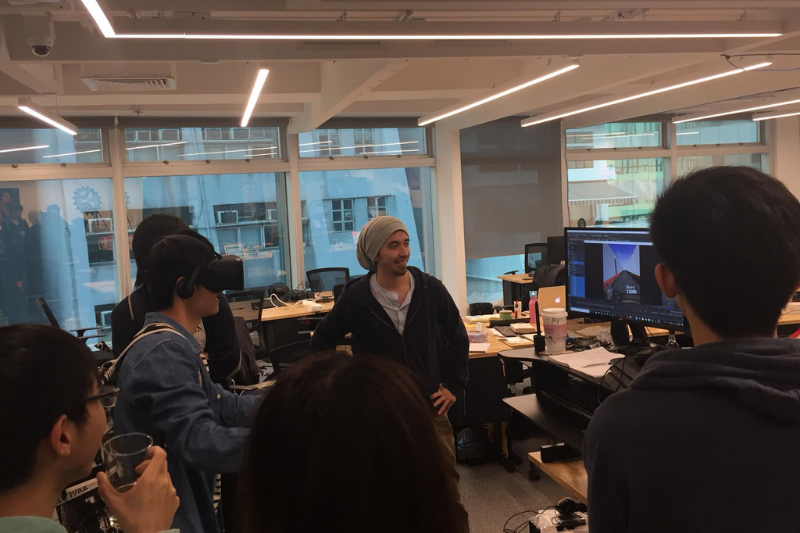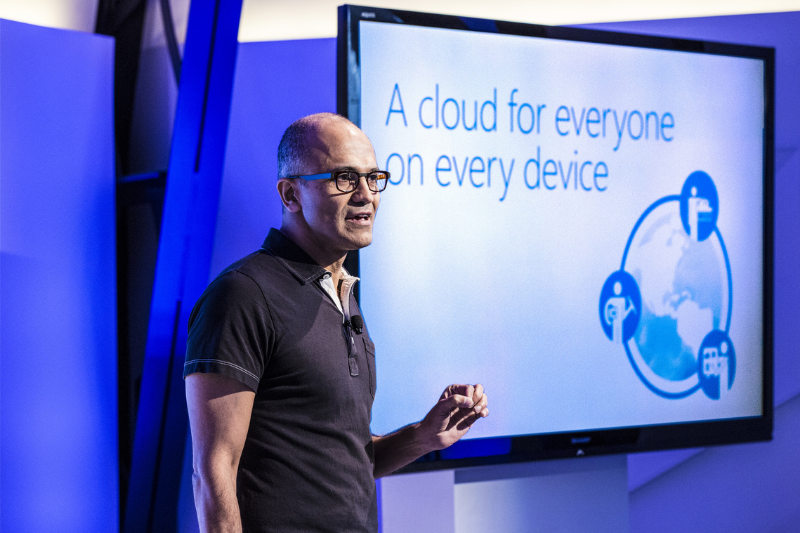From cryptocurrency to nanotechnology, various technological innovations are set to expand their relevant markets by improving accessibility and functionality for wider audiences. Read on to get to know the top technology trends in 2022 to watch for.
The ongoing pandemic has changed the way we live and view the world. Now things have become more digitalised, personalised, and distanced from one another. But through this distance, technology has been working to bring people closer together. This new tendency has led to the rapid development of innovations in various fields- shopping, medicine, production and supply chain management.
Inspiration coming out of the recent years, there are many prototypes designed that will be ready to test and implement in 2022, opening up accessibility and availability for the general public’s use soon after. Here are the top tech trends for 2022 ready for launch and market expansion.
Cryptocurrency
Inheriting massive success over the recent years, cryptocurrency is expected to maintain its firm position in the realm of technology trends. Although digital currency faced certain restraints in 2021 – the global realisation of high carbon emissions, Chinese restrictions on mining operations, and Elon Musk’s sudden rejection of bitcoin payment – venture capitalists and cryptocurrency experts, including Tim Draper, believe it will be at the centre of global financial activities.
With many industries planning to receive crypto payments and some countries like El Salvador authorising Bitcoin as a legal tender, major crypto firms are working to expand the utilisation of digital currencies. For example, Crypto.com has released its Rewards Visa Prepaid Card which could be a preferable option for those seeking quick access to their crypto assets for use.

Metaverse
Imagine having an online meeting, where you do not use your keyboard and mouse to navigate, but instead your hands, just like in the real world. The Metaverse is an artificial space where the physical world meets the virtual world. Through virtual reality (VR) technology, digital representations of people will be able to interact, play games physically, have conversations, try on new clothes, etc. Facebook is the current leading company in the industry, as Mark Zuckerberg has revealed his vision of realigning his social media company with the wider Metaverse.
Although China and South Korea are still the dominant players in the Asian VR industry, there are many other notable firms within the APAC region. Singapore’s Hiverlab has designed and executed multiple cloud expos for companies like Huawei and L’Oréal. Hong Kong’s Shadow Factory has virtually created West Kowloon Cultural District’s Xiqu Centre prior to its actual construction, and is currently developing a VR sales tool for Thyssenkrupp that can interactively demonstrate their brand and product to clients. Japan-based Holoeyes is working on a VR software that converts 2D human body visualisation into a 3D representation for medical work.

Artificial Intelligence
Artificial intelligence (AI) is expected to expand its sphere of influence in the coming year. Relevant firms are in preparation for their technologies to be involved in many different industries, including healthcare, cybersecurity, production, and autonomous vehicles. While the AI market’s value reached US$35.92 billion in 2020, this number is expected to gradually hit US$360.36 billion in 2028.
Notable players in the AI industry in APAC include Hong Kong’s Customindz, which utilises machine learning, predictive analytics, and classification tools for marketing purposes and fraud detection, Chinese AI company AutoCore, a significant player in developing autonomous driving software, and Taiger of Singapore, which provides AI solutions with better productivity, richer data-backed insights, and deeper customer engagement.

Cloud Computing
The continued presence of the Covid-19 pandemic has accelerated the transition between traditional ways of doing business to the utilisation of cloud computing. IT experts predict that the industry will be at the forefront of all technological innovation in 2022, as tech giants like Microsoft and Amazon are set to expand the infrastructure by developing hybrid cloud computing and strengthening cybersecurity. 94% of enterprises already use cloud services, and the market has the potential to reach US$623.3 billion by 2023 worldwide.
Although Google, Microsoft, and Amazon are influential enough to provide services on the other side of the planet, there are notable companies that provide curated cloud services in Asia. These include Singapore’s Axiom IT Solutions, a Gold Partner of Microsoft, Thailand’s Nipa Cloud, which offers cloud services for businesses across various sizes and industries in the country, and City Cloud with its Asian branch in Japan.

3D Printing
With the growing demand for personalised equipment and quicker supply chain, the accessibility of 3D printing has been urged during the pandemic. Analysts believe that the 3D printing market will grow from US$12.6 billion in 2021 to US$34.8 billion in 2026. Despite current restraints on this technology, such as limited availability of printers and high cost of raw materials, 3D printers will soon be used for personal, professional, and production purposes in various industries as the prices of its models continue to decline while its demand rises.
Japanese startup company Cyfuse is developing a Bio 3D Printer, hoping to develop the machine’s 3D cellular products- artificial tissues and organs- for practical use in the medical field.

Medical Robotics
The digitalisation of machines to assist humans for their precision and efficiency is a trend being adopted in many industries, including the medical field. Medical robotics will lower the risk of infection, surgical error and malpractice, and decisions that lack empirical reasoning. Health experts and analysts expect the medical robotics market to surpass US$16 billion by 2025 with most profit and expansion to be made in the segments of surgical and rehabilitation robotics.
Medicaroid is the first Japanese company approved by the country’s Ministry of Health to produce and sell a robotic-assisted surgery system. Hintorini, the company’s robotic assisted surgery system, displays human-like sophisticated movement and vibrant high-definition images for doctors.

Nanotechnology
Another field set to expand the field of medical robotics is nanotechnology (NanoTech), its market predicted to reach US$70.7 billion in value by 2026. With the technological capability to measure and control matter at nanoscale, this new technological advancement will enhance many sectors, not only including medicine, but also consumer products, energy, materials, and manufacturing, gradually emerging as one of the prospective leading tech trends in 2022.
BroadTech Engineering in Singapore is one of the finest NanoTech firms in Asia, consisting of a team of structural engineering consultants that help their clients identify limiting bottlenecks and provide practical solutions for implementation. In addition, Hong Kong’s Nano Group Holdings utilises nanotechnology to provide various services, including practical dealings with bacteria, viruses, and fungi at a micro level.

The ongoing pandemic has sped up the adoption and further development of advanced technologies in various industries. These innovative outcomes aim to facilitate performance and improve work environments, reduce unnecessary delay between transactions and communications, and guarantee longer life expectancy. However, even with the absence of a pandemic, these technology trends are important advancements with room for extensive development.
Related Articles
The Top Blockchain Startups in APAC
Cambridge Surgical Robotics Firm Eyes Hong Kong in APAC Expansion





